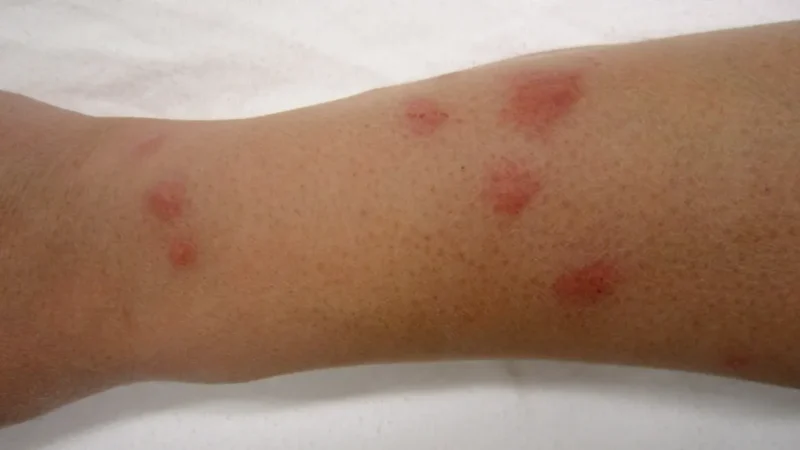Masago: A Tiny Treasure of the Sea

Masago, the tiny orange pearls gracing your sushi rolls, isn’t just a pretty garnish; it’s a bursting flavor bomb with a surprising history and nutritional value. This article delves into the fascinating world of masago, exploring its origin, culinary uses, health benefits, and potential downsides.
What is Masago?
Masago is the roe, or eggs, of the capelin fish, a small, smelt-like fish found in cold waters around the globe. These tiny spheres, measuring only 0.5-1mm in diameter, are most commonly used in Japanese cuisine, particularly sushi.
A History of Tiny Delicacy:
The capelin fish has been a staple food source for centuries, particularly in Northern regions like Japan. Masago, however, only gained popularity in the 20th century, thanks to advancements in preservation and transportation technology. Its vibrant color and mild flavor made it an instant hit, gracing nigiri sushi, gunkan maki, and various other dishes.
Culinary Uses of Masago:
Masago’s versatility is one of its greatest strengths. Its mild, salty flavor and popping texture add a delightful dimension to various dishes:
- Sushi: This is where masago truly shines. It’s commonly used to adorn nigiri sushi, adding a touch of color and texture to salmon, tuna, and other seafood. Gunkan maki, a seaweed cone filled with masago and topped with a quail egg yolk, is another classic use.
- Seafood Salads: Masago adds a burst of color and briny flavor to seafood salads, complementing the other ingredients beautifully.
- Toppings: Masago can elevate simple dishes like toast, avocado toast, and even salads with its bright color and delightful texture.
- Sauces: Masago can be used to make unique and flavorful sauces for seafood and other dishes.
Beyond the Plate: The Health Benefits of Masago
Masago isn’t just delicious; it packs a nutritional punch as well. Here are some of its health benefits:
- Rich in Omega-3 Fatty Acids: These essential fats play a crucial role in heart health, brain function, and inflammation reduction.
- Good Source of Protein: Masago provides a good dose of protein, aiding in muscle building and repair.
- Vitamin D: Masago is a natural source of vitamin D, crucial for bone health and immune function.
- Low in Calories: With only 50 calories per tablespoon, masago can be enjoyed as part of a balanced diet.
Potential Downsides:
While generally considered safe, there are a few things to consider when consuming masago:
- High in Sodium: Masago contains a significant amount of sodium, so moderation is key for individuals with dietary restrictions.
- Potential Allergic Reactions: Like any seafood, masago can trigger allergic reactions in some individuals.
- Sustainability Concerns: Capelin populations have faced pressure due to overfishing in recent years. Choosing sustainably sourced masago is crucial to protect this valuable resource.
In Conclusion:
Masago is a culinary delight with a rich history and surprising health benefits. By understanding its origin, culinary uses, and potential downsides, you can enjoy this tiny treasure of the sea responsibly and appreciate its unique flavor and texture in your favorite dishes.
Additional Resources:
- Masago: The Tiny Roe with a Big Flavor (Tasting Table)
- What Is Masago? Benefits and Downsides of Capelin Fish Roe (Healthline)
- Masago: The Edible Eggs of the Capelin Fish (Sea Grant)
Enjoy responsibly and explore the world of masago – one delicious bite at a time!tunesharemore_vertadd_photo_alternate






